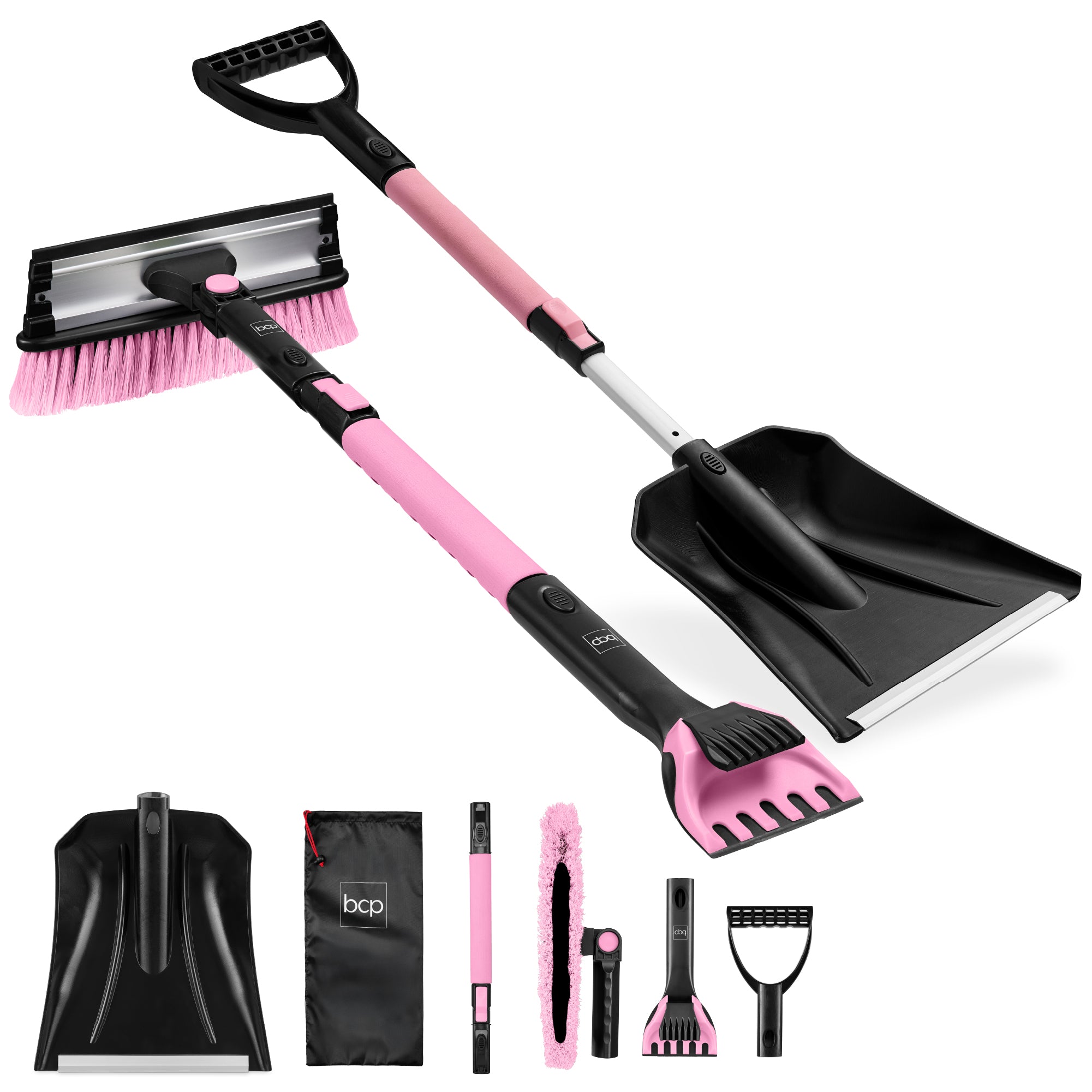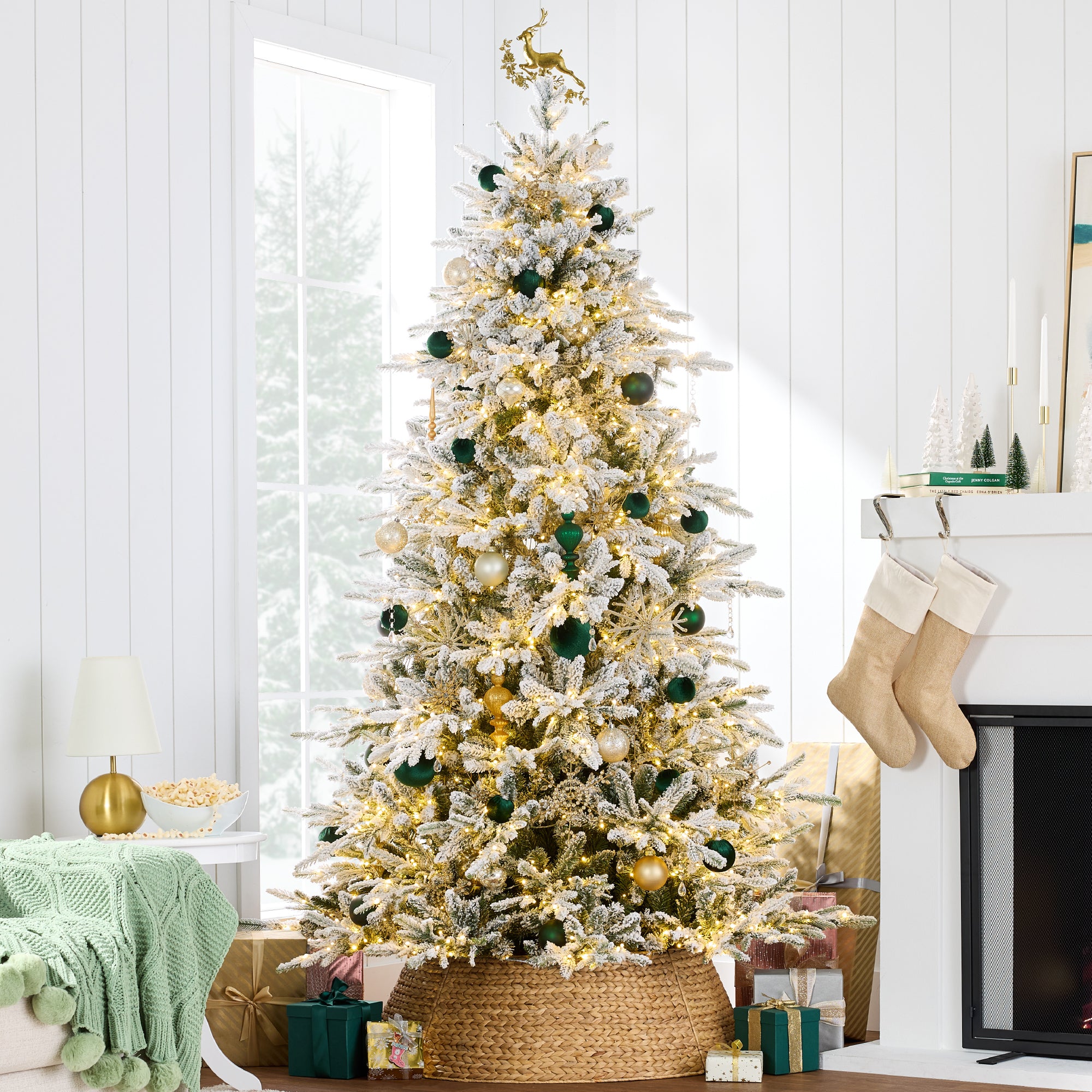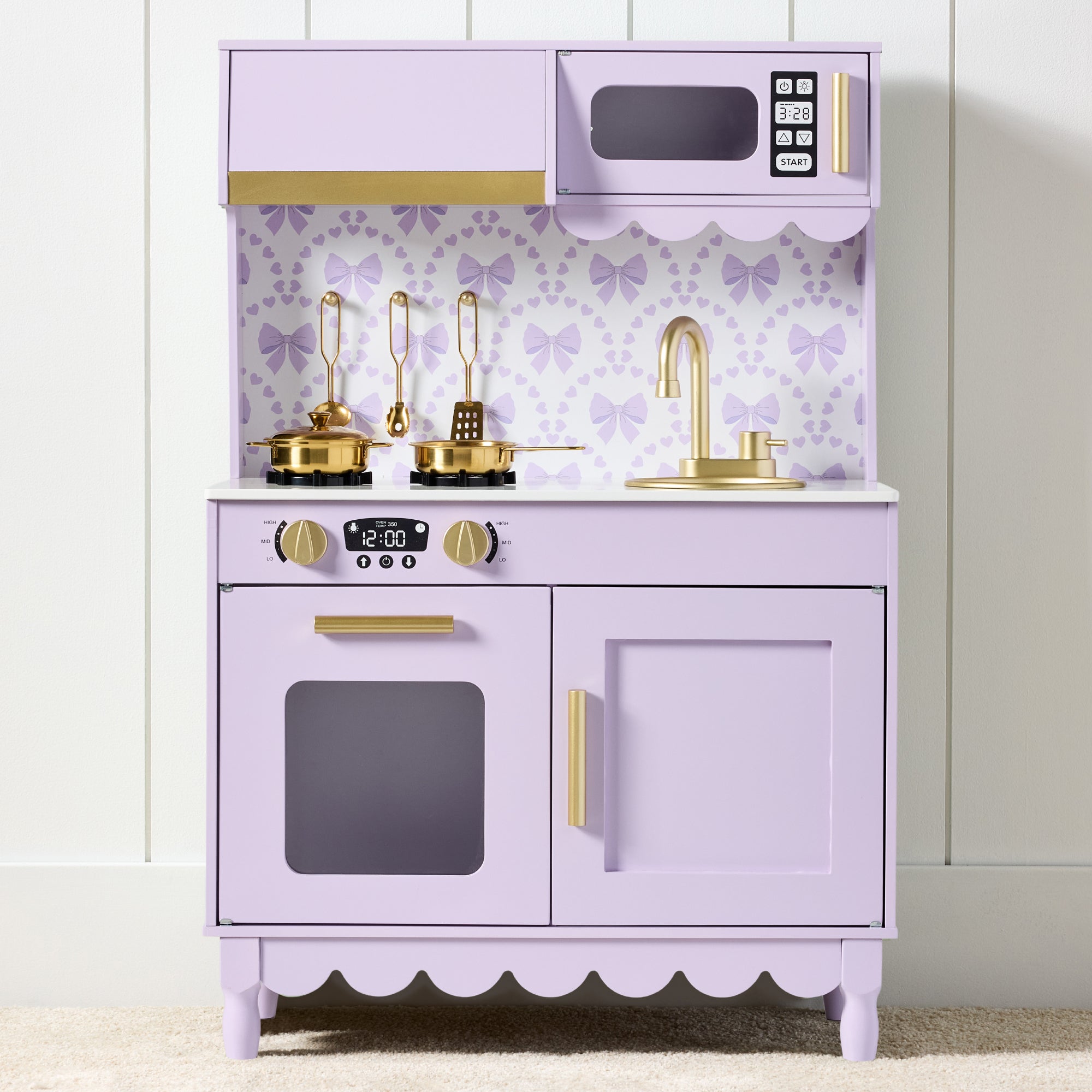Is your garden not blooming the way you hoped it would? Are you getting ready to plot out your outdoor oasis but need help figuring out where to start? The first step to creating your plant paradise is to know your garden's hardiness and landscape zones.

Aside from knowing your hardiness zone, landscape zoning is an essential part of the yard planning process. It helps you create functional, beautiful, and sustainable space. Not every plant thrives in every climate it's in–so if you're trying to grow dahlias in the north in mid-December, you might notice stunted blooms. It's essential to select plants that can survive and thrive in your area and tolerate year-round conditions, such as rain, shine, and everything in between.
You can customize your plants for conditions with our 3-Tier Raised Planter.
Finding Your Plant Hardiness Zone
You might be thinking, what is hardiness? Hardiness is a plant's ability to withstand the local climate. The USDA Hardiness Zone Map divides North America into ten zones and provides a list of plants that can survive in each location. Zones are based on average winter low temperatures for an area, and each zone has its own hardiness zone, indicating the lowest temperature for each zone at which plants will survive. It's essential to consider your hardiness zone when choosing plants for your garden–even professional gardeners and seasoned growers use this map to determine what to plant in which locations!
Determine Your Landscape Zone
Landscape zoning is dividing your yard into different areas based on its contents, and may require additional maintenance or care levels. Zoning is important for a successful garden because it helps ensure that everything in your yard gets what it needs without conflict between different plants over resources.
Landscape zoning is also helpful for creating a space that's easy to maintain. You can separate different parts of your garden into different zones based on what they'll be used for: vegetable garden zone, flower bed zone, lawn zone - whatever makes sense for you and your space.

Zones can also help you organize different kinds of plants within one area. For example, you should separate annuals from perennials and shrubs if your yard has limited space for various plants. Or, if you have multiple types of trees or bushes in your yard, you should separate them into different zones so that they don't compete for nutrients or sunlight.
Have plants that need various amounts of sunlight? Move your greens around with our Mobile Elevated Garden Bed to make the most of the sun's rays!
Let's Design Your Garden!
Once you determine the ideal growing conditions for your plants, it's time to design and set up your landscape. If you're including multiple zones in your landscape plan, organize your space with our Lawn & Garden Collection.

Add a better flow to your garden and separate areas of your space with a dreamy birdbath. Additional decor like our Solar Lighted Outdoor Pedestal Bird Bath provides maximum function for additional flowers while existing as a rest area for feathery visitors!
When designing your garden space, it's important to make sure you're balancing beautiful vegetables, flowers, and the like with other functional decor that bring new life to your garden! Bird feeders and baths provide an elevated touch of DIY design that any neighbor is sure to envy.
Finding high and low points is also important; this allows the eye to travel across your garden and replicate a natural meadow or field as opposed to all your items being at the same level. To achieve this, we recommend stacking garden beds when you can, using feeders in between, or investing in an elegant arbor trellis like this one!

Spruce up the space from your vegetable garden to your flower beds with our Garden Arch Arbor Trellis for versatile design for everyday gardening or special events!
The true takeaway here is clear: It pays to know your hardiness zone before planning your garden! Now, you can ensure the plants you choose for your yard will thrive in their environment year-round. Happy Gardening!









